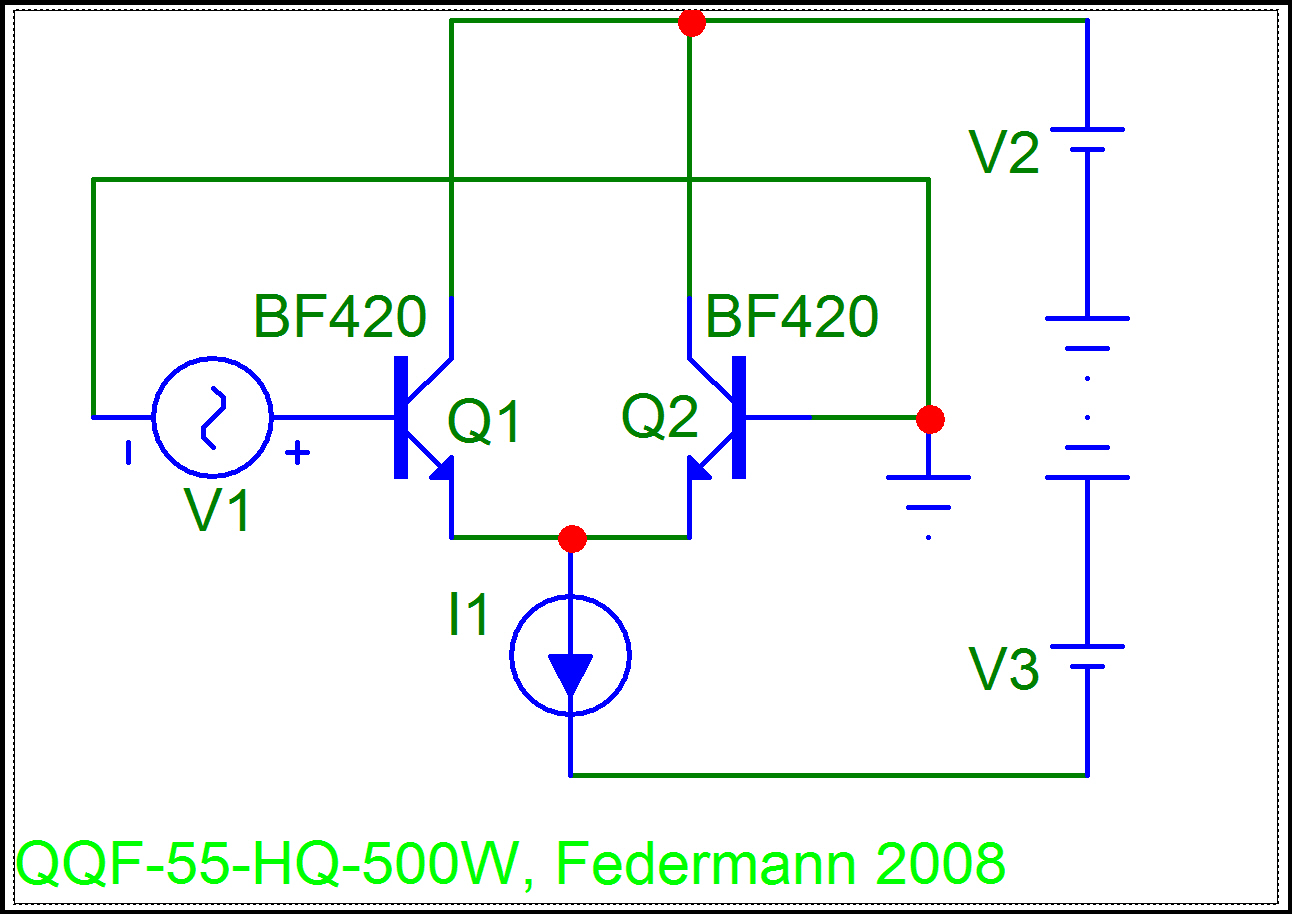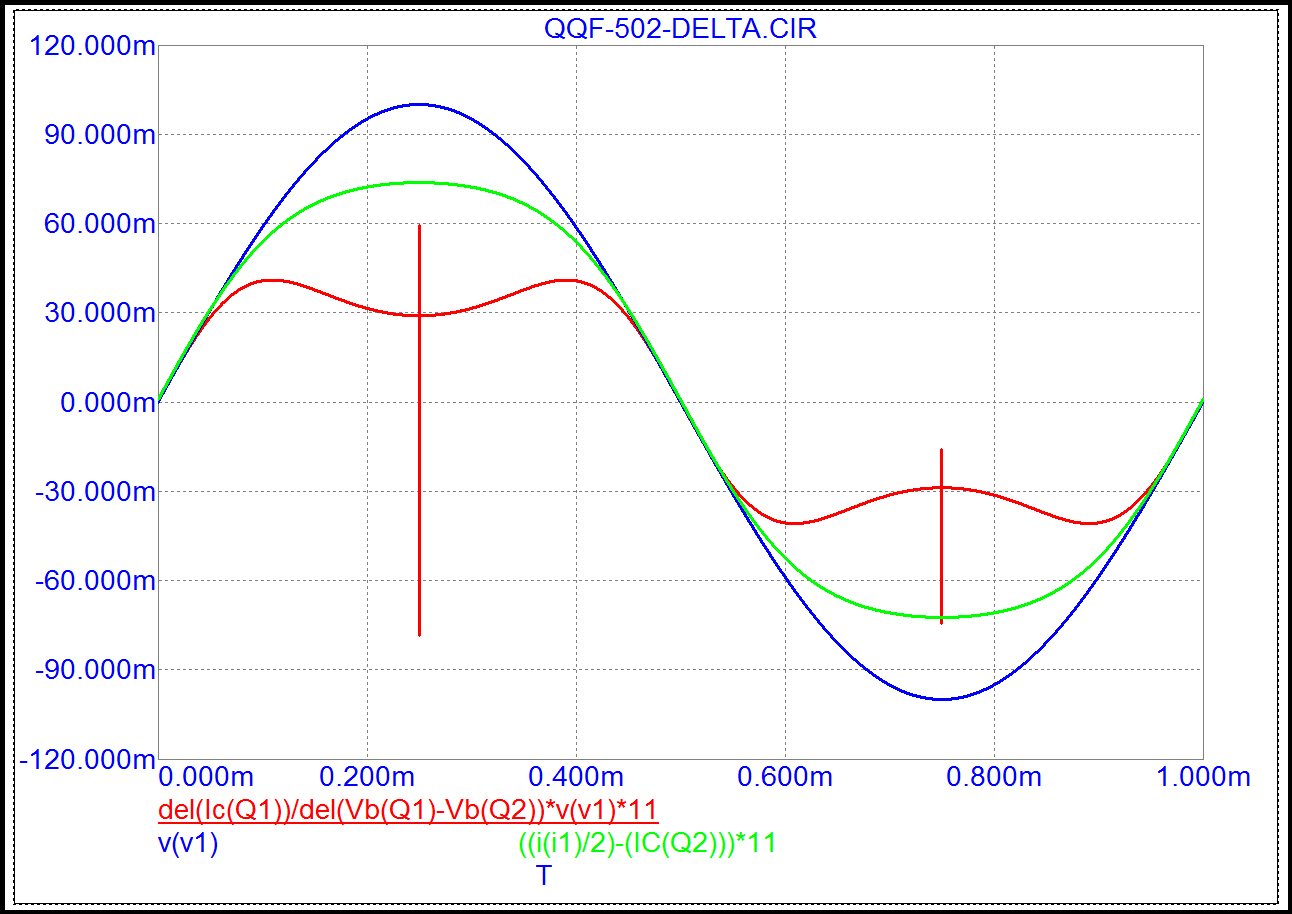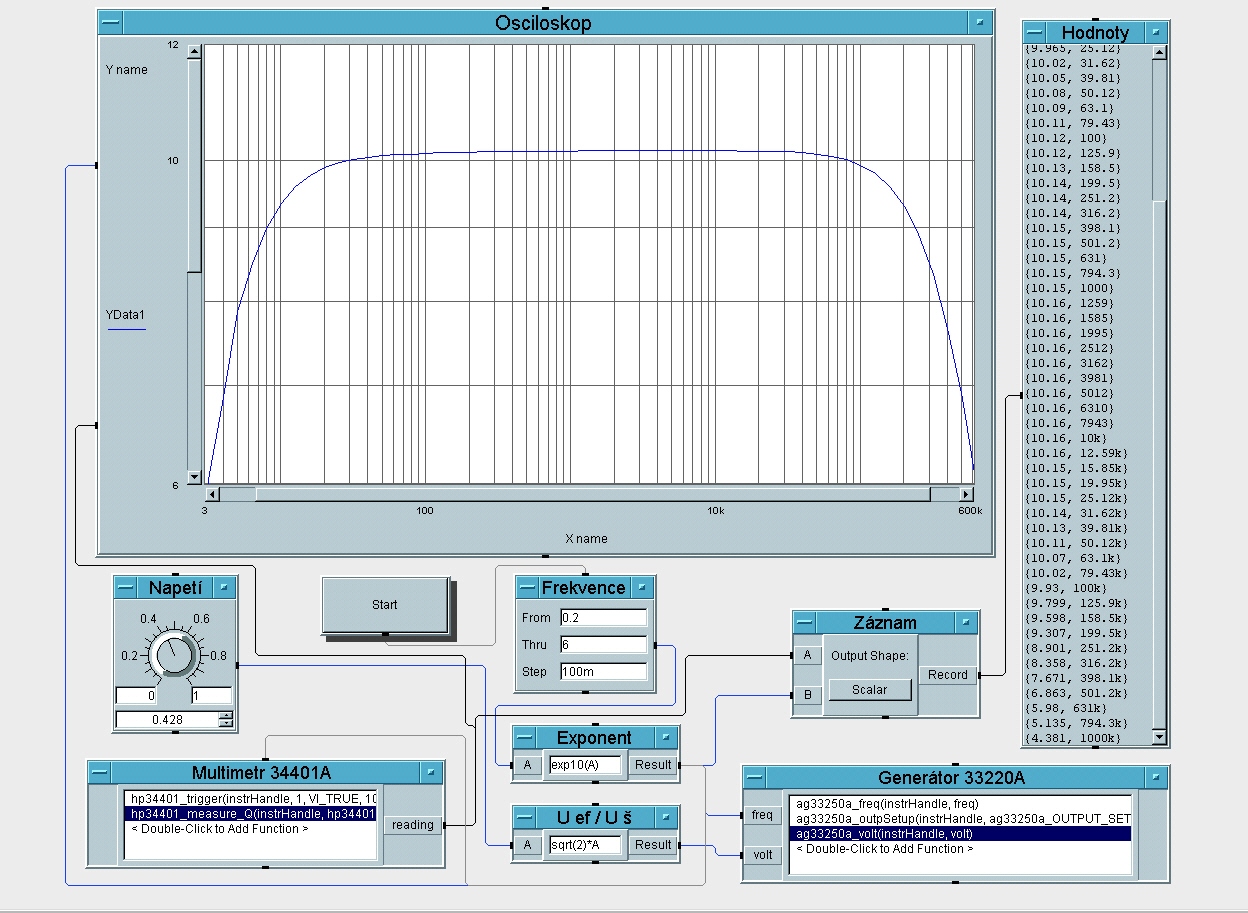your site looks very interesting, mr federmann, sadly, i don t
read czekoslovakian....lucky pavel...
You can use the Google translator, I can cordially recommend it 😉
FM distortion? You want to bet? Well done, Federmann.
john, he says that it s a form of amplitude modulation...
You can use the Google translator, I can cordially recommend it 😉
yes, pavel, right, for technical description it s enough..
Amplitude modulation converts to FM modulation in a 90 degree phase shift environment. You can conceive it either way. Look at Barrie Gilbert's analysis.
Federmann have functional amp with " lazy " darlingtons such as TIP142/147 or similar, which he recommend to his customer ( and which we can to see at his pages )...isn't surprise, that he have problems with transistor sound...and his new one, amazing mosfet amp, isn't able to get into functional operation still more than one half of year...Isn't it true, Federmann ?

Rotation of the output signal is Vdif magnification. Here you can see the progress of the output signal. Can count THD flow period. Period is short, fast audio portion.


More charts here
Federman,
What do you exactly mean with these curves? In the bottom curve I see some 3rd harmonic, which is in phase with the original tone. Is there more to this?
jd
I agree, just going 2x32W ****
Maybe the guys here are not familiar yet what means the ****. Would you kindly elaborate a bit on this topic?
Federman,
What do you exactly mean with these curves? In the bottom curve I see some 3rd harmonic, which is in phase with the original tone. Is there more to this?
jd
That's why I am saying it is nothing but a non-linearity, Jan. No mysterious phase shift influence. The only phase shift influence might be that the 3rd appears visually near the zero-crossing or near top, depending on phase angle of the 3rd vs. fundamental.
Thanks for your input, I really do need some qualified support here.
Federman,
What do you exactly mean with these curves? In the bottom curve I see some 3rd harmonic, which is in phase with the original tone. Is there more to this?
jd
Blue - Vdif
Green - the size of the current collector transistor
Red - green derivative (to highlight errors)
Maybe the guys here are not familiar yet what means the ****. Would you kindly elaborate a bit on this topic?
* = +3dB

Federmann have functional amp with " lazy " darlingtons such as TIP142/147 or similar, which he recommend to his customer ( and which we can to see at his pages )...isn't surprise, that he have problems with transistor sound...and his new one, amazing mosfet amp, isn't able to get into functional operation still more than one half of year...Isn't it true, Federmann ?
i m just reading in his site, and to his credit, he says that it s
useless to use fast devices that must be bandwith limited with
capacitive compensations...
wahab, please check this thread (no sample built, source resistors etc.):
http://www.diyaudio.com/forums/soli...n-hqqf-55-a.html?highlight=topology+federmann
http://www.diyaudio.com/forums/soli...n-hqqf-55-a.html?highlight=topology+federmann
wahab, please check this thread (no sample built, source resistors etc.):
http://www.diyaudio.com/forums/soli...n-hqqf-55-a.html?highlight=topology+federmann
No fear, amplifier performs very well, just not the time to complete. Exact building instructions not disclosed, but part of it.
Federmann, this is a beginner's amplifier, but it is designed to sound good. This is because the feedback is minimum, the GBW is maximum, and the open loop bandwidth is high.
wahab, please check this thread (no sample built, source resistors etc.):
http://www.diyaudio.com/forums/soli...n-hqqf-55-a.html?highlight=topology+federmann
thanks, pavel..
well at first look, it s a classic complementary differential...
i dont understand why he call this HIS topology...
Federmann have functional amp with " lazy " darlingtons such as TIP142/147 or similar, which he recommend to his customer ( and which we can to see at his pages )...isn't surprise, that he have problems with transistor sound...and his new one, amazing mosfet amp, isn't able to get into functional operation still more than one half of year...Isn't it true, Federmann ?
My 30 years old topology, 25W 4Hz to 500kHz, the DPA more?

- Status
- Not open for further replies.
- Home
- Amplifiers
- Solid State
- Influence of the delay amplifiers for listening characteristics